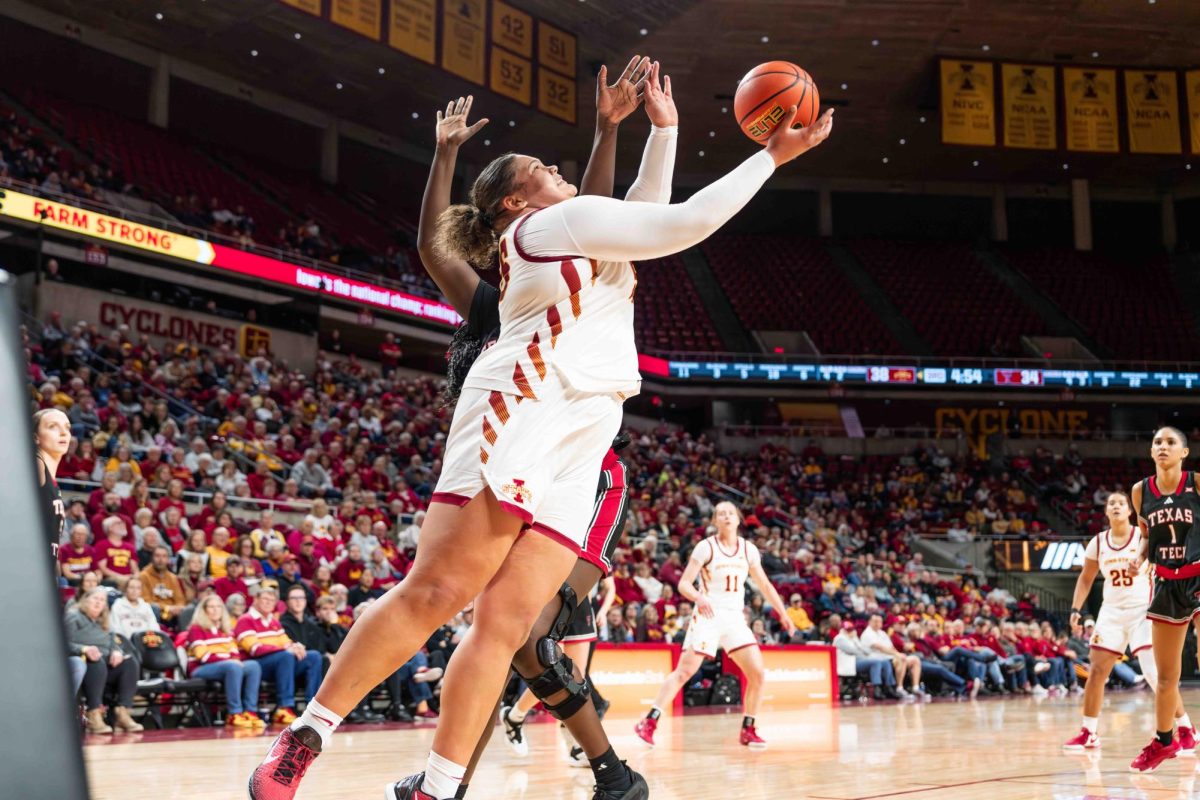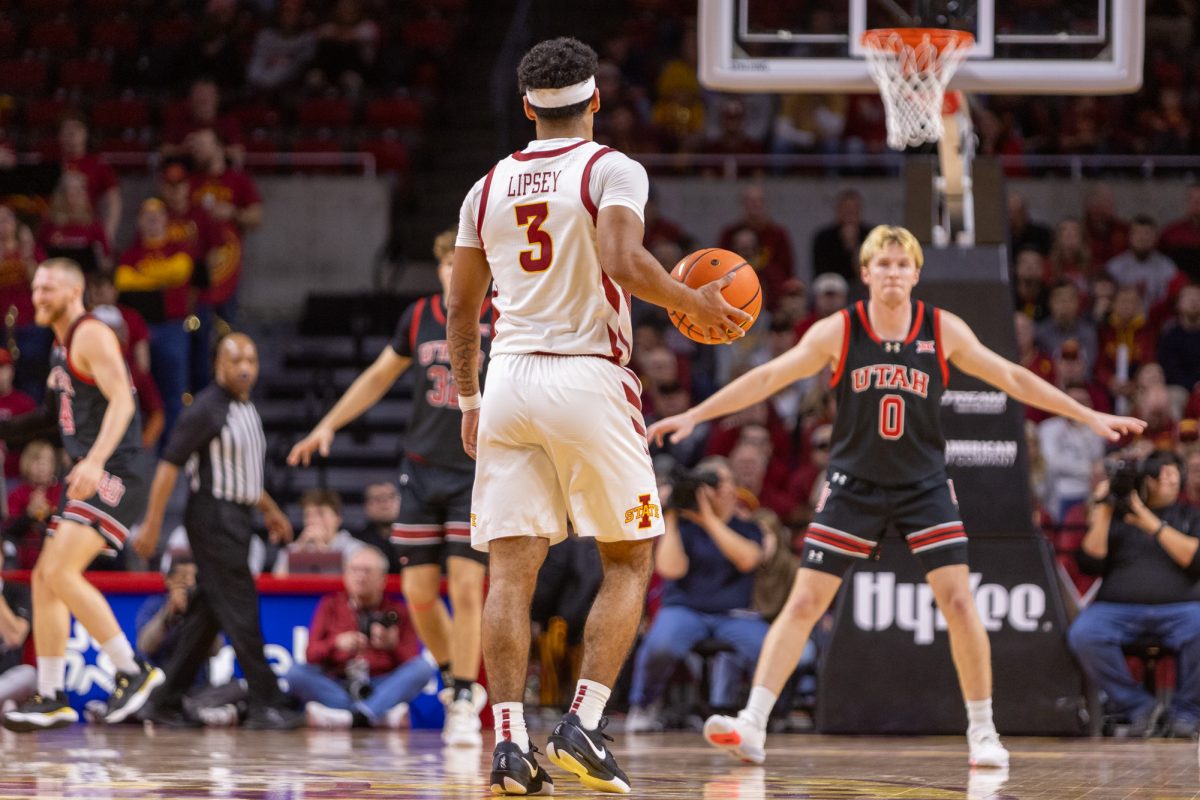Student-teaching assignments require planning ahead
May 4, 2003
Next spring, seniors in early childhood education and elementary education may have a difficult time finding a student-teaching placement, said officials in the education and family and consumer sciences colleges.
Karen Colbert, early childhood coordinator, said in spring 2004, the university will have a record number of students enrolled in the early childhood special education program.
“We have an average of 25 students [who student-teach] each semester,” she said. “This semester, we’ve had about 30 and next spring we are anticipating between 40 and 60 students wanting to student-teach.”
Colbert said she wasn’t sure what caused the increase in numbers. “We’re trying to figure out what happened,” she said. Part of the reason for large numbers of students wanting to student-teach could be due to the increased numbers of students selecting early childhood education as their major.
She said, too, it is often difficult to estimate how many students will want to student-teach for a given semester. “We haven’t been able to accurately predict what students will student-teach and when they will do it,” Colbert said.
Gayle Huey, director of field experiences in the College of Education, said elementary education majors are facing a similar problem. She said the large number of students wanting to student-teach is rare. “We’ve had large groups before, but there haven’t been many over the last 10 years.”
Huey said the university is taking unprecedented steps to solve the problem. In April, she said there was a student-teaching roundup, in which students in elementary education and early childhood education were invited to discuss the problem and potential solutions.
“This is the first time we have met a year in advance [to discuss student teaching],” Colbert said.
She said the difficulty in finding a placement for early childhood special education students is due to the lack of early childhood special education classrooms in area districts.
“There is only one place in Ames for special-needs kids,” Colbert said. Many smaller districts send special education students to larger districts, such as Ames, she said.
In Ames, Colbert said she can make only four or five placements. “[Districts] can’t always take a student-teacher. It’s never a sure thing,” she said.
Huey said she has usually had success in placing elementary education students in central Iowa, but the large numbers expected for next spring could make it difficult.
Kalli Polemikos, senior in early childhood education, said she will be affected by the shortage of placements for students in her major. “I’ve tried really hard to get out of here in four years, and now they’re telling us it won’t happen.”
Huey said a possibility for students who cannot get placed in central Iowa is to take a semester off. She said if students are willing to leave Iowa, Iowa State can place students in cities such as Omaha, Neb., Kansas City, Mo., and Houston, Texas.
“Our goal is to make the best possible match for the student.”
Polemikos said she believed big cities such as Houston are out of a student’s comfort zone.
“I think it’s the university’s responsibility to find me a placement around here,” she said.
Colbert said the university is working to establish relationships with other school districts in Central Iowa, which could help alleviate the problem students wanting to teach next spring are facing.






